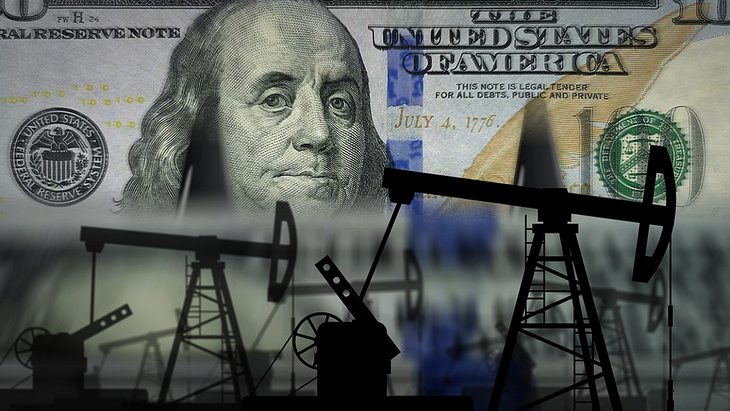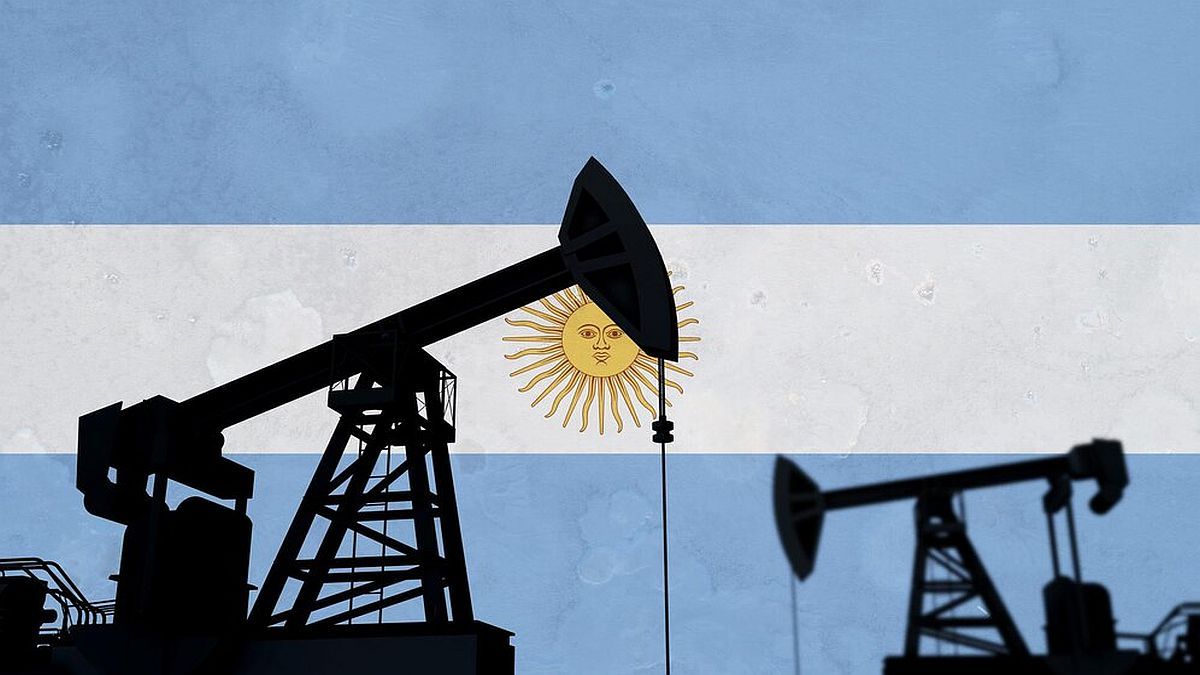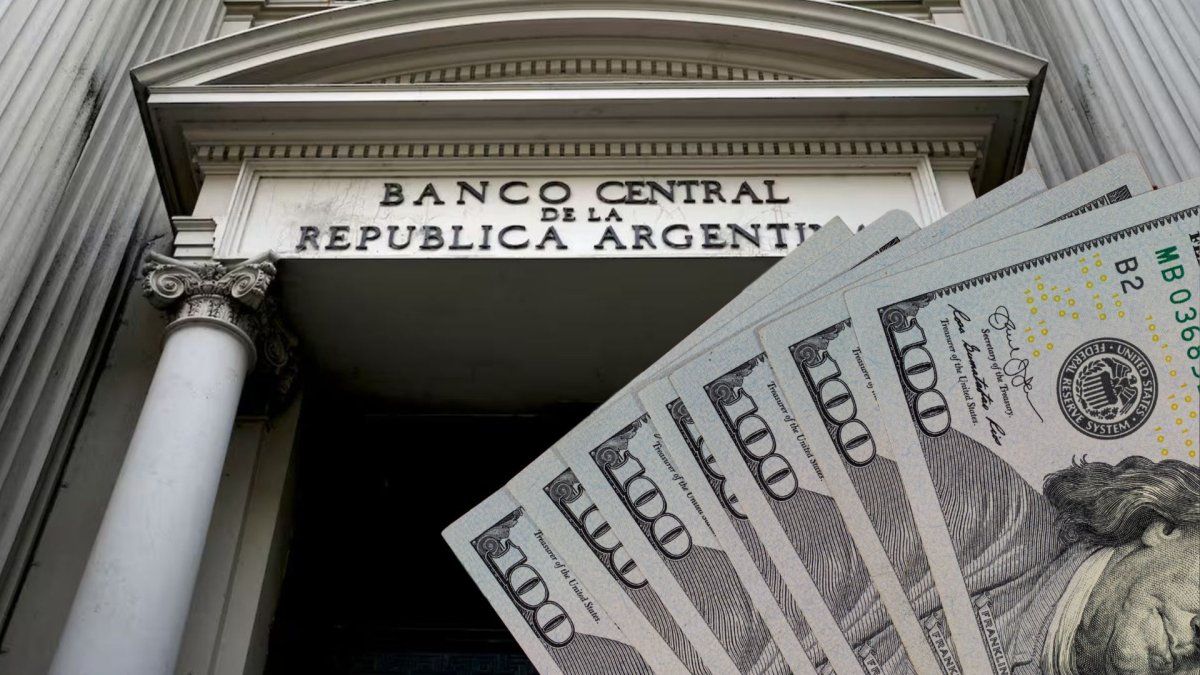And he highlights that, although the consensus indicates a price for Brent between US$65 and US$70 per barrelan aggressive US policy could bring values closer more towards the lower range due to the potential increase in production. “This effect would be amplified by the increase in production in emerging countries, including Argentinaand the smaller OPEC+ cuts, while global demand is revised downwards due to lower growth in China,” analyzes Sniechowski.
WTI and Brent oil.jpeg
Source: Invest in the Stock Market Group (IEB).
Meanwhile, Matías CattaruzziMr. Equity Research Analyst of Adcap Financial Groupmaintains that the beginning of Trump’s second term would dominate the geopolitical and economic landscape. “It will seek to reconfigure energy markets in a fractured world order. The strategy will prioritize the energy dominance of the United States and will use oil and gas as geopolitical tools”, he warns.
And Trump, for his internal energy policy seeks deregulation and reversal of climate initiatives of the previous administration, which opens the possibility that fossil fuel generating plants will also be allowed to continue so that “they do not cease their operations prematurely.” In turn, expand its LNG export capacity and provide incentives for the growth of the upstream sector, despite challenges such as high service costs, which “could generate downward pressure on prices”he says online with Sniechowski.
The geopolitical factor: to take into account when investing
Cattaruzzi also warns that geopolitical factors persist that could influence the price of crude oil. On the one hand, the intensification of sanctions on exports of hydrocarbons from Russia and Iran “could restrict supply and put upward pressure on prices.” And, at the same time, the use of energy exports as a diplomatic toolparticularly in the competition with Russian gas to Europe, can generate tensions between the US and the European Union (EU).
Furthermore, the possibility that the White House impose a 25% tariff on Canadian goodss, which include crude oil, with an estimated probability of 40%, would have implications for bilateral trade. “On the other hand, the withdrawal of multilateral commitments on climate change adds downward pressures to the market and complicates global efforts led by the Conferences of the Parties (COP) of the United Nations (UN) to confront climate change. These dynamics show the complex interaction between energy policy and global markets,” warns the strategist.
Energy declaration in the US: how it impacts Argentine companies
Mariano RicciardiCEO of BDI Consultingcomments that the market is waiting for the 100 decrees that were announced for the first day of government, particularly in relation to energy trade policies with Canada and possible restrictions and tariffs that could influence the price of oil. , “either up or down.” And he states that, in a scenario of falling crude oil prices, “companies that operate in Dead Cow They could be affected differently depending on their size and financial structure.
On the one handhighlights and rescues the large companies of Vaca Muerta, who have a great financial backbone to face possible headwinds. But, on the other hand, he mentions the smaller companies that operate in the basin, “which have more vulnerable financial structures and accelerated the placement of debt in recent months via negotiable obligations (ONs)”, so a strong headwind could leave them close to default.
Ricciardi comments that these “smaller” companies would undoubtedly face greater financial stress if a drop in the price of oil lasts over time. However, if the leave is circumstantial and does not exceed six months, “is unlikely to significantly affect the long-term projects that characterize this industry”.
The blow to the price of its shares
For Sniechowski, for example, Vista Energy (VIST)as an oil company focused exclusively on the “upstream” segment, is more sensitive to fluctuations in international prices that YPF (YPFD)an integrated company that can offset lower upstream margins with its midstream and downstream operations.
Oil dollars

Trump and energy: challenges and opportunities for Argentine companies.
Arek
As to Pampa Energy (PAMP)the strategist slips that the current impact of changes in the price of crude oil is limited, “since its oil production is minimal compared to its focus on gasenergy generation and other businesses,” he warns. However, starting in 2026, its shale-oil production in Rincón de Aranda could gain relevance.
In general, a significant increase in the supply of crude oil would be detrimental to the Argentine Oil&Gas sector, which would force companies to increase volumes and optimize costs, making the “advance in the production evacuation capacity, although this last challenge is complex”concludes Sniechowski.
The projection for Argentine companies
Cattaruzzi Meanwhile, he emphasizes that In the short term,No significant impact is expected for Argentina or its export companies.“, since to increase production in significant quantities and in a short time, as Trump seeks to do.”it’s complicated“.
However, “Uncertainty generates volatility for export firmsbut investors can mitigate that effect by diversifying into companies with more stable revenues, such as Pampa Energyfocused on regulated gas, or YPFwhich has integrated operations in refining and fuel sales. “These activities act as a buffer against international fluctuations.”
In the long term, there could be slight downward pressure on oil prices, but both YPF and Vista Energy maintain solid growth prospects. “A 38% increase is projected in Vista’s total production by 2025 and a 34% increase in shale crude production for YPF. Furthermore, a reduction in the country risk “It could boost the value of its shares,” analyzes the Adcap strategist.
Thus, and despite the downward pressure that could be generated by US energy policy and some geopolitical factors, The projections for large Argentine companies in the Oil & Gas sector remain positive. Although the drop in oil prices could generate volatility in the short term, the most consolidated companies in the sector are very well positioned to face this scenario thanks to their income diversification and strong growth prospects.
Source: Ambito
I am a 24-year-old writer and journalist who has been working in the news industry for the past two years. I write primarily about market news, so if you’re looking for insights into what’s going on in the stock market or economic indicators, you’ve come to the right place. I also dabble in writing articles on lifestyle trends and pop culture news.




